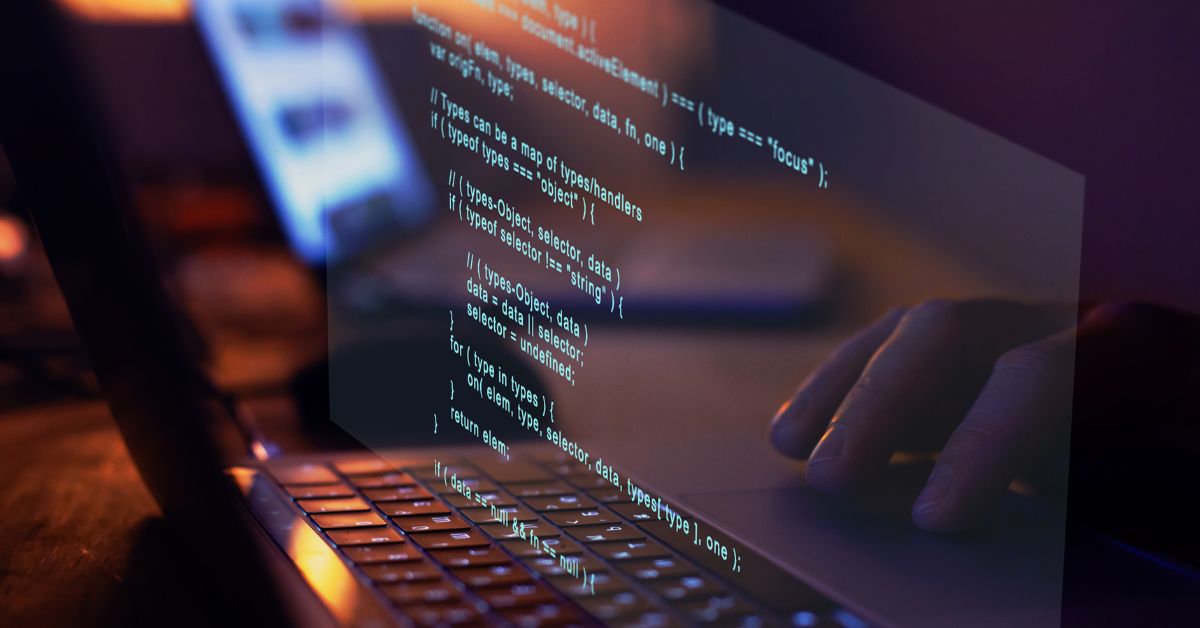Blockchain for lawyers? We’ve had a whole lot of new technologies thrown our way in the past twenty years or so.
Few have been as powerful as blockchain. Nonetheless, many legal professionals still don’t know exactly what it is. Today, we aim to change all that.
In this article, we’ll explain the fundamentals of blockchain for lawyers by explaining how it works within one of its most common legal applications: smart contracts.
Next, we’ll explore a few other potential applications within the legal industry.
Finally, we’ll provide resources on legal communities and blockchain consortia, where you can learn more about implementing blockchain into your practice.
Understanding blockchain technology
At its most basic level, blockchain technology can be thought of as a modern ledger system, except that, unlike the old, leather-bound ledgers of the past, this one can’t be manipulated by a ne’er-do-well with a pencil eraser. Nor can it be passed around to numerous people who have no business sticking their noses (or their erasers) in your trusty ledger.
Instead, it’s entirely digital and is designed to record transactions across numerous computers in a way that safeguards both security and transparency. Indeed, the hallmark characteristics of blockchain are that it’s “immutable and decentralized.”
So, why is it called “blockchain”?
I’m glad you asked.
Each transaction is compiled into a time-stamped block that is connected to the preceding block, creating a chain. It’s starting to make sense, right?
It’s important to understand why this configuration matters. In part, it’s because it makes it virtually impossible for anyone to modify information in the ledger without changing all subsequent blocks. This is how blockchain keeps data integrity in place.
It’s also important to explain the “decentralized” nature of blockchain. What that means is that blockchain effectively eliminates the middleman. In other words, there is no central authority shepherding information from one party to another. Again, this means fewer opportunities for fraud or data breaches.
Application to smart contracts
Honestly, blockchain is easiest to understand when you think of it within the context of its real-world applications. So, let’s talk about one of those that is most relevant to the legal industry: smart contracts.
A smart contract is like a digital agreement written in computer code that automatically executes when certain conditions are met.
Many people think of it in terms of a modern vending machine: you insert money, select a delicious candybar, and the machine delivers it to you. The whole process happens automatically, without needing a person to operate the machine.
But there’s not a ton of legal work in automated candy-bar delivery, so let’s get a little more sophisticated.
Blockchain technology can deliver that same level of automation in the context of complex contracting, all within a secure and transparent environment.
Here’s how it works:
- Agreement setup: Two parties agree on the terms of a contract. These terms are written into a computer code instead of on paper.
- Deployment on blockchain: This code is then uploaded onto the blockchain (which, again, is a decentralized and unchangeable digital ledger). Once on the blockchain, the contract is visible to all relevant parties at the same time, which safeguards transparency.
- Execution: When the agreed conditions are met, the smart contract automatically executes the next agreed-upon action.
- Unchangeable and secure: Because the blockchain operates without a middleman, no outside person or entity can alter the contract. This ensures that the contract is secure and tamper-proof.
Real-world example
Want to get more real-world than that? Okay, let’s walk through how blockchain might work in a commercial real estate lease transaction. Specifically, we’re going to focus on how conditions to a commercial lease agreement might trigger automatic execution of other lease events:
Let’s say your client (the “tenant”) wants to rent a storefront from a mall developer (the “owner”).
The conditions for this agreement might be as follows:
- Payment: Your client, the tenant, must pay the rental deposit by a specific date.
- Move-in date: The tenant can move in on a specific date once the payment is confirmed.
- Rent payment: The tenant must pay the monthly rent on the first day of each month.
Sounds pretty basic, right? It is. Here’s how it plays out:
- Agreement setup: The terms your client and the owner agreed on are written into code within a smart contract on the blockchain.
- Deployment on blockchain: The smart contract is deployed on the blockchain, containing all of those agree-upon conditions. It can then be viewed by the tenant and the owner simultaneously (or separately – the point is, it’s available at all times).
Now, here’s what happens as those conditions are met:
- Deposit payment: The smart contract checks to see if your client has paid the deposit by the specified date. If the payment was made, the contract acknowledges the condition was met.
- Move-in date: On the agreed move-in date, assuming the deposit payment condition was met, the smart contract automatically grants your client access to the space (e.g., by sending a digital key).
- Monthly rent payments: Each month, the smart contract checks if the rent payment is made by the first of the month. If your client pays on time, the contract records each payment and continues without any issue. If not, it could trigger a late fee or another agreed-upon action.
In this example, the contract conditions are specific events or actions (like making a deposit payment) that the smart contract monitors. Once these conditions are satisfied, the smart contract automatically executes the corresponding actions.
Pretty cool, right? And, ostensibly, these smart contracts can be created for any type of agreement you can imagine (and as an attorney, that’s probably a lot of contracts).
Other practical legal applications of blockchain
While smart contracts are an obvious (and easily understandable) example of how blockchain can enhance your legal practice, they’re certainly not the only ground-breaking aspect of the technology. Here are a few more examples of how blockchain could reform our entire industry:
Regulatory compliance and reporting
One major issue for corporate attorneys is making sure their clients jump through all of the regulatory hoops required of them. Blockchain can simplify and augment regulatory compliance and reporting processes.
Specifically, by using a blockchain-based system to record and track transactions, activities, and compliance-related data, lawyers can ensure their clients’ records are accurate, transparent, and easily auditable.
This application is particularly useful in industries with stringent regulatory requirements, such as finance, healthcare, and environmental law.
Example: A law firm advising a cryptocurrency institution could deploy blockchain to ensure compliance with anti-money laundering (AML) and know-your-customer (KYC) regulations. The blockchain can securely record all transactions and customer interactions. This makes it infinitely easier to provide regulators with an auditable trail that proves adherence to regulatory standards.
Chain of custody/evidence management
But blockchain isn’t just for private, corporate lawyers. It has applications in the public realm as well.
For example, blockchain technology could revolutionize evidence management by providing a secure and unchangeable record of the chain of custody.
Imagine if a District Attorney’s office could guarantee that its evidence remained unaltered from the time it was collected until it was presented in court. Each transaction (transfer, examination, etc.) involving the evidence would be recorded on the blockchain – creating a transparent and traceable history.
This not only benefits the DA’s case but also increases the overall integrity of the justice system. If evidence simply cannot be altered by rogue police officers (or others), then we, as a society, can have greater faith in the outcome of criminal trials.
Example: In a criminal case, the handling of digital evidence, like surveillance footage, could be tracked on the blockchain. This tracking would ensure that the evidence had not been tampered with or altered at any stage of the investigation or trial.
Intellectual property rights management
Blockchain can also be used to manage and protect intellectual property (IP) rights. By recording the creation, transfer, and licensing of IP assets on the blockchain, lawyers can provide clients with – again – a clear and immutable record of ownership and usage rights.
This will undoubtedly help resolve disputes over IP ownership and usage more efficiently.
Example: A lawyer can use blockchain to register a client’s copyright. This registration provides an irrefutable timestamp and proof of ownership, which is a frequent issue in legal disputes over IP infringement.
Want to know more?
If you find yourself wanting to know more about blockchain for lawyers, I don’t blame you. Unfortunately, we only have so much space here. The good news is, there are many legal communities and blockchain consortia where you can learn more about this evolving technology:
Legal tech communities
- Legal Hackers: An international community of legal professionals, technologists, and academics exploring solutions to issues at the intersection of law and technology.
- The International Legal Technology Association (ILTA): A volunteer-led, member-driven association providing education and support for professionals using technology in law.
- The Legal Technology Resource Center (LTRC): An ABA (American Bar Association) initiative providing legal technology guidance, resources, and updates.
Blockchain consortia
- Global Legal Blockchain Consortium (GLBC): A group of global legal and technology experts working together to develop standards and governance for the use of blockchain in the legal industry.
- Enterprise Ethereum Alliance (EEA): A member-led industry organization that aims to drive the use of Ethereum blockchain technology as an open-standard to empower all enterprises.
- Hyperledger: An open-source collaborative effort created to advance cross-industry blockchain technologies, hosted by the Linux Foundation.








